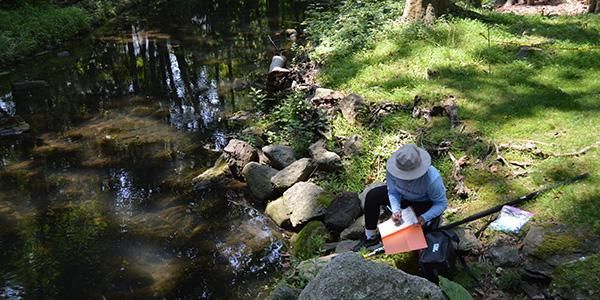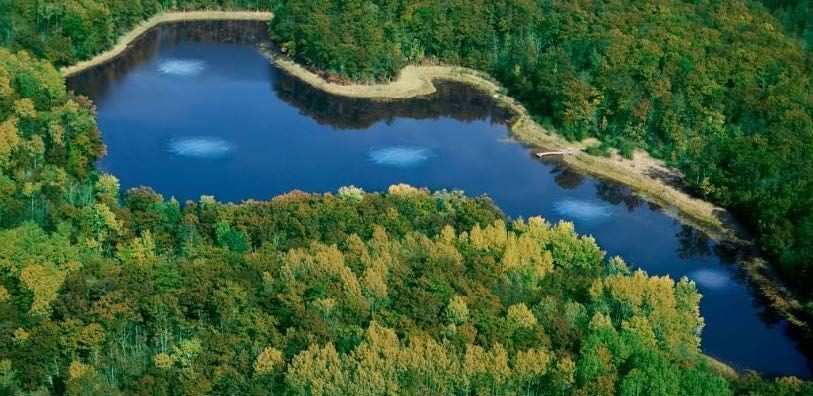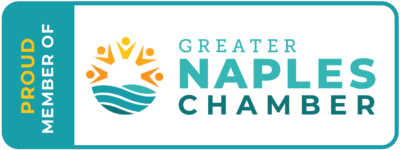Erosion Control - Systems and Solutions
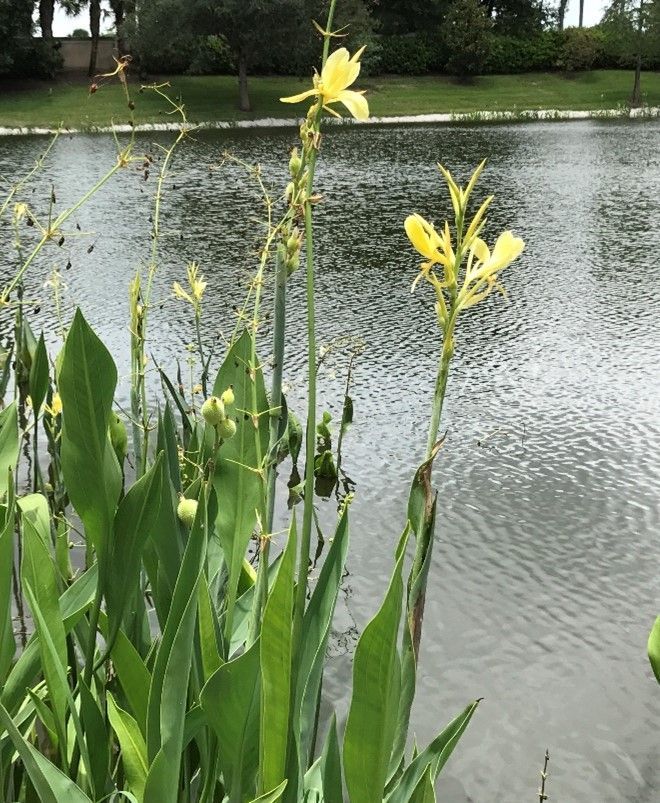
Construction on a shoreline to stop erosion is called Freshwater Marine Construction. This is hyper-specialized sub-category within the construction industry. Not many construction companies offer erosion control and shoreline stabilization services we are the only company in Southwest Florida that specializes in it!
After many years of research and development and working closely with marine civil engineers, some of the most effective and most advanced erosion control systems in the industry are now available. These systems are competitively priced and typically last much longer than the alternatives. The Erosion Defense SystemTM utilizes native Rip Rap rock to offer superb resistance to erosion. The Hybrid Shell SystemTM,PatPend utilizes crushed shell and native Littoral Plants, to create a system that actually becomes more effective with time. There is also an Organic Shoreline SystemTM which the most natural-looking system and features biodegradable Turf Reinforcement Mat with Littoral Plants (left picture). Lastly, the Shore RestoreTM system is our most economical system and simply returns the shoreline back to its original look.
There are other systems that have shorter lifespans, utilize outdated technology, and are not environmentally friendly. These include: Geotubes (below picture), polyethylene containment systems, Erosion Control Blankets/Turf Reinforcement Mats, and 3-dimentional open cell systems. These systems are priced about the same as the ones discussed above, but typically only last a few to several years. They all depend on synthetic materials to hold in the shoreline and eventually the grass and plants used to cover them dies off and exposes the material. This often leads to worse escarpments (drop-offs) at the edge of the shoreline which can create dangerous conditions and make the water body out of compliance. Contractors often have to come in and remove the old system and install a new, more natural system. (The Erosion Defense SystemTM also utilizes a synthetic material, but it rarely ever becomes exposed because of a thick layer of natural rock that covers it permanently.) Additionally, there are documented cases in which native wildlife has become trapped and killed by these synthetic systems. Lakes need a system that increases the native wildlife population… not one that decreases it!
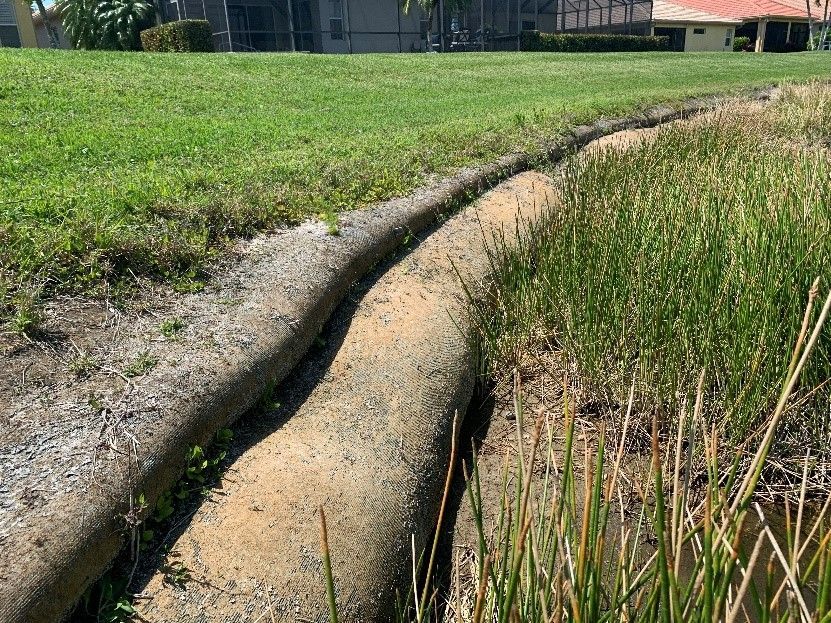
Some of the more expensive systems that are primarily used for Saltwater Marine Construction include: Seawalls, Wood Bulkheads, Boulders/Cap Rock, and Sheet Pile which are installed on large canals, rivers, jetties, marinas, boathouses, bays, and some Gulf shore properties. These systems can cost three to five times as much as the others making them a non-viable option for the average freshwater shoreline with erosion that has already occurred. In some cases, wealthy homeowners are able to afford these options and prefer them because they look more extravagant and are the most effective at erosion control. Keep in mind, these systems all must go through a lengthy permitting process as they are hardening the shoreline and involve vertical construction in a sense. Seawalls are probably the most popular solution in this category and are often required to be used along fresh and saltwater canals, rivers, and navigable waterways, but they are typically not appropriate for use on lakes and ponds.


